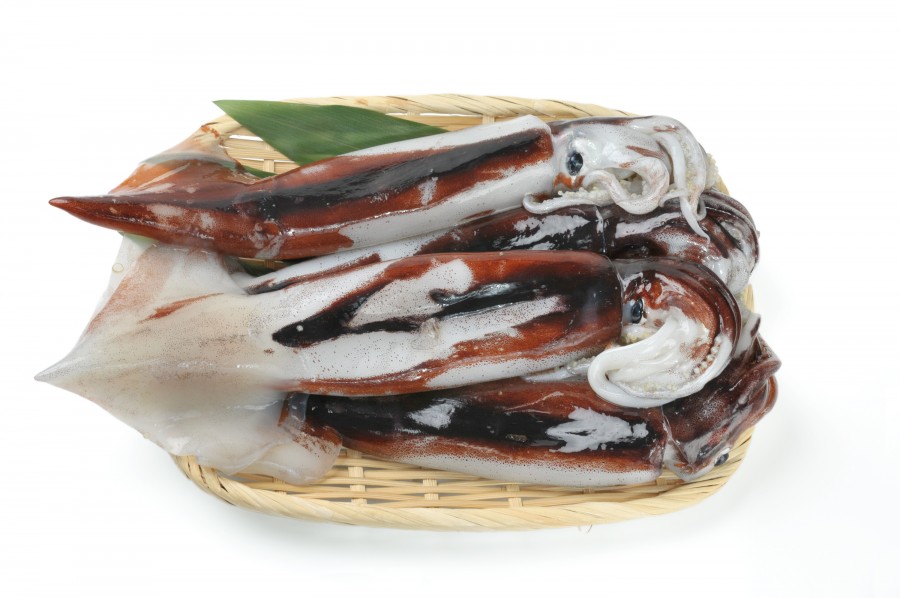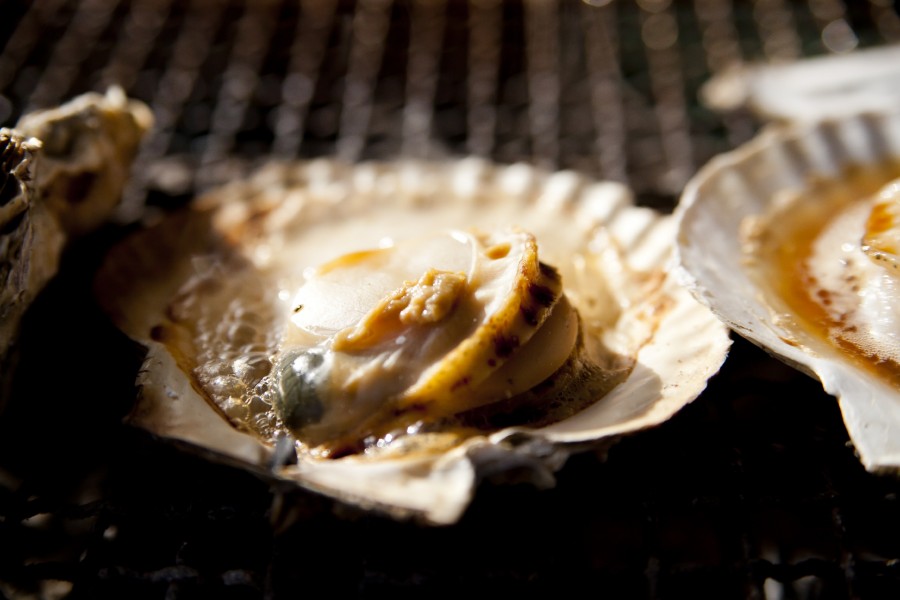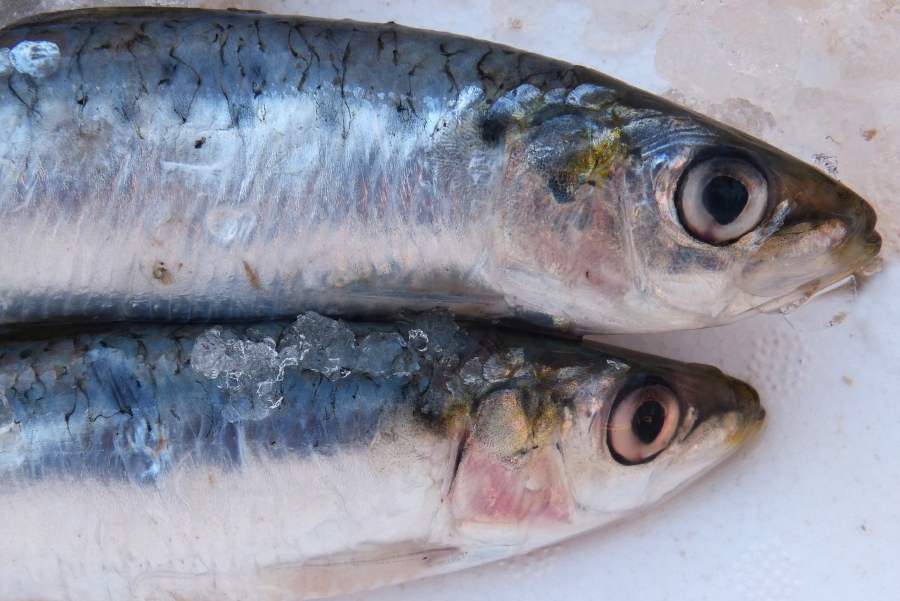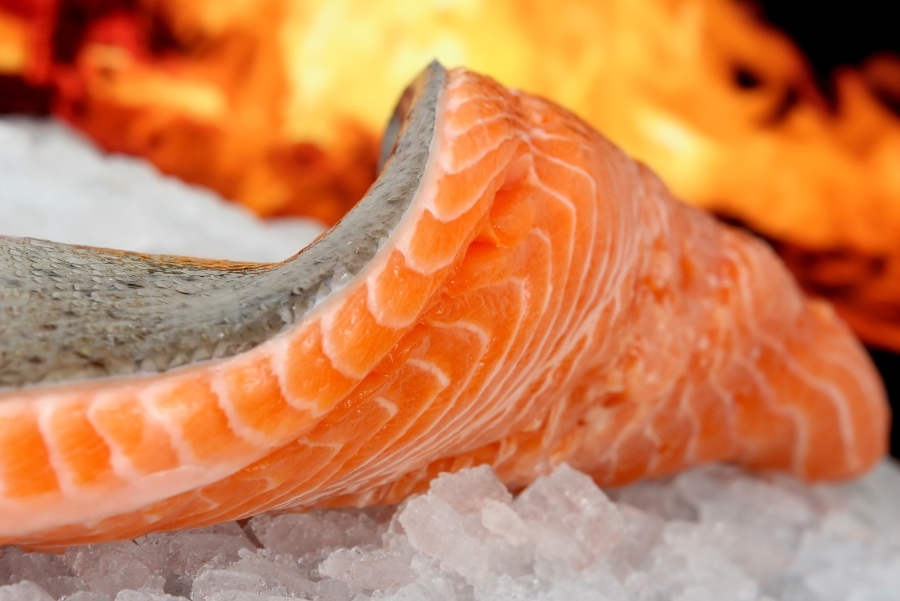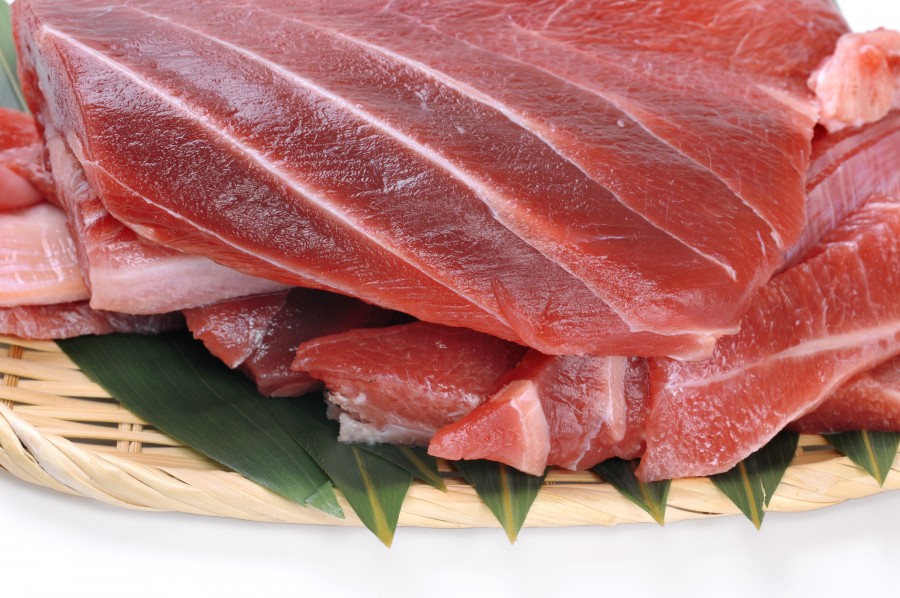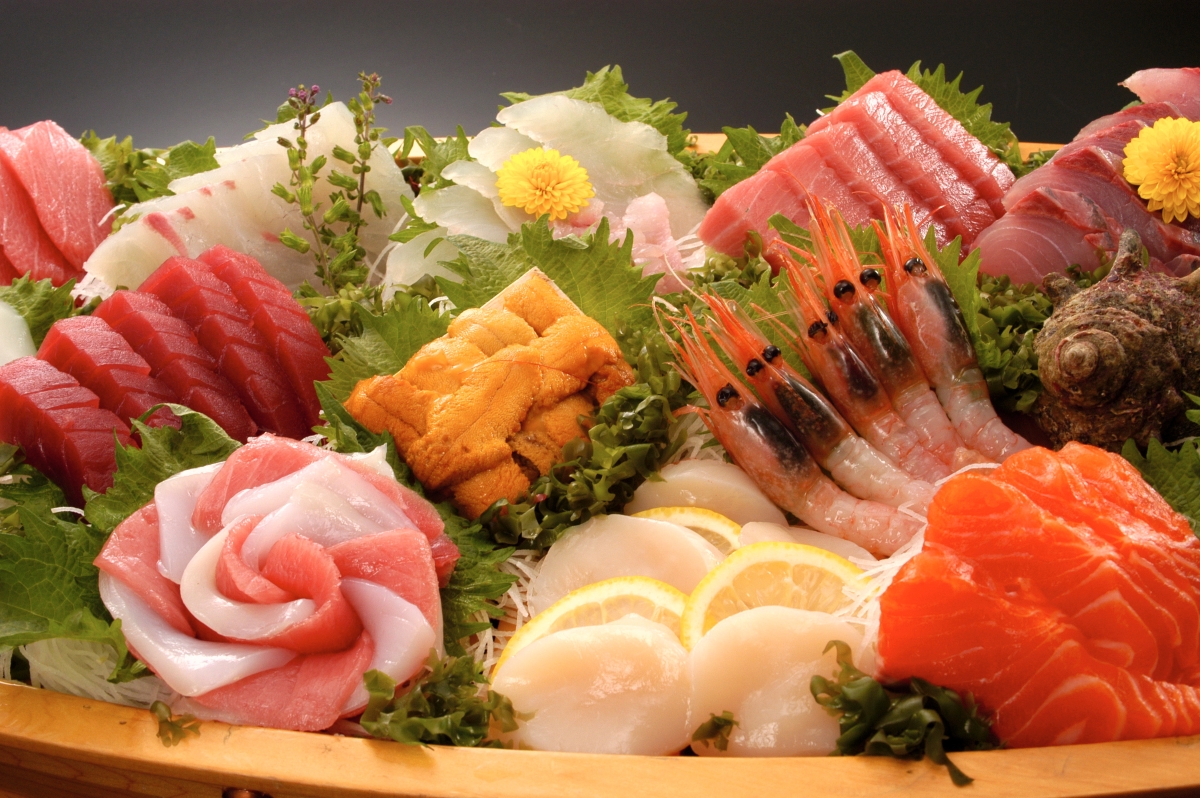Contents: About Uni (Sea Urchin) , really popular food in Japan Where does Uni come from? Nutrition Uni Sushi Recipe Uni, beyond Sushi How to cook Uni? (Uni Recipe) Ichigo-ni Recipe About Uni (Sea Urchin) Uni is definitely a trendy food right now. Every popular restaurant menu has at least one dish with uni. You’ve also seen it on every foodie’s instagram. Some food bloggers claim “uni is everything.” Is it? Is uni everything? Does anybody know what uni even is? Well, although nobody can prove if uni is everything, what we can tell you is that uni is the Japanese word for sea urchin. If you have gone snorkeling, you’ve probably seen a sea urchin before. It’s that black […]
Japanese people love ika (squid). In fact, most of the world’s catch of squid is consumed by Japanese consumers. Squid is pleasantly chewy, with a gooey texture and sweet flavor. It’s great for sashimi, sushi, nimono (simmered dish) and yakimono (broiled dish). Squid tempura is as widely popular as shrimp tempura. Ika-no-kunsei (smoked squid) and noshi-ika (roasted squid) are indispensable accompaniments to beer. Contents: Squid Species Squid can be Easily Digested!? The Nutritional Value of Squid Surume Ika (Japanese Flying Squid) Local California Smatt Squid How to Choose Delicious Squid Japanese Squid Recipes Yaki Ika Recipe (Broiled Squid) Curry-Flavored Squid Rings Recipe Nitsuke (Simmered Dish) with Daikon and Squid Recipe Stir-Fired Squid with Oyster Sauce and Mayonnaise Recipe Japanese Squid […]
Awabi is a gourmet food that, when consumed raw, tastes exquisite with its firm, chewy texture full of sea aromas. Even when cooked, awabi always delivers delicate, savoy sweetness. Known to be the most nutritious shellfish, awabi has also been used for medicinal purposes and is believed to be effective in treating eye problems. Contents: Natural Awabi Awabi Farming False Awabi Tasty Three-Years-Old Awabi Let’s Cook Awabi! (Awabi Recipe) Natural Awabi A great number of quality awabi can be found in the waters around Japan, which are known to be among the world’s most flourishing fisheries. Since ancient times, Japanese dried awabi has been considered a highly prized export item, and it was once priced as high as gold and […]
When you think of shellfish, many varieties such as asari clams, shijimi clams, abalone, oysters, ark shells, etc., may come to mind, but you cannot ignore “hotate.” Hotate, Japanese scallop, is delicious either raw or broiled. With the discovery of hotate shells in the shell mounds of the Jomon period (12,000 B.C. – 300 B.C.), it is known that they have been enlivening the mealtimes of the Japanese since ancient times. Contents: What is Hotate? Hotate’s nutritional value How to cook Hotate? (Hotate recipe) What is Hotate? Hotate scallops live scattered at a depth of 20 to 30 meters in sandy, muddy ocean substrates with larger grains of sand than those where asari and hamaguri clams are found . Hotate […]
Iwashi is caught around the world and is relatively easy to find in all seasons. Sardine, as it’s also called, is divided into three types: Sardinops melanostictus (ma-iwashi), anchovy (katakuchi iwashi) and Etrumeus teres (urume iwashi). Ma-iwashi belongs to the herring family and is the most common among the three types of sardine. In fact, most of the sardines sold in the U.S. are Ma-iwashi. Ma-iwashi is small enough to cook, and has an ample amount of fat to make the meat tasty. Additionally, it’s a rich source of nutrients and is very affordable. In all respects, Ma-iwashi is the king of sardines. Contents: A Long Standing Japanese Staple How to Prepare Iwashi Sardines (Finger Technique) How to cook Iwashi? (Iwashi […]
Contents: Wild Sockeye Salmon – Sashimi from Copper River Nutritional Value of Sockeye Salmon How to cook Sake? (Japanese Salmon Recipes) Salmon Rose Bud Recipe Foil-baked sockeye salmon with onion Recipe Takikomi rice with lightly salted sockeye salmon and karashi mentaiko (spicy cod roe) Recipe Easy roasted salmon Recipe Broiled salmon with grated daikon radish Recipe Salmon and Orange Marinade Recipe Salmon Tartare Recipe Chilled Salmon Pasta Recipe Salmon Pressed Sushi Recipe Wild Sockeye Salmon – Sashimi from Copper River Salmon sashimi– much loved around the world–is a popular item at sushi restaurants. However, most salmon are farmed, so it’s rare that we encounter the wild species. Retail outlets have difficulty offering wild salmon that can be eaten raw, simply […]
Maguro (Tuna) as you might expected, is the most popular fish for sashimi (thinly sliced raw fish) or nigiri-sushi (hand-rolled sushi with raw fish on top). Japan is the world’s biggest consumer of tuna; large quantities of tasty tuna, both fresh (raw) and frozen, are shipped to Japan from all over the world. Contents: What is Maguro (Tuna)? Types of Maguro(Tuna) What is Hon Maguro (Bluefin Tuna)? The Deference Between Akami, Otoro and Chutoro How to cook Maguro? (recipes) What is Maguro (Tuna)? Surprisingly, the United States is ranked second in tuna consumption. Tuna caught in Micronesian waters are delivered to Hawaii; those caught in the Pacific Ocean to Los Angeles; those caught in the Gulf of Mexico to Miami; and […]
Sashimi is a preparation method for raw fish and in some cases, meats. In the United States, we are accustomed to seeing sashimi mostly at sushi restaurants as an alternative for sushi to those that prefer to enjoy the fresh raw fish without the carbs (sushi rice), but these two actually play a different role. In many cases, sashimi is an appetizer, usually served at the beginning of a meal (although local restaurants in Japan will have combination meals – teishoku – with sashimi being the main entrée). Contents: Sashimi vs Sushi Types of Sashimi How to eat Sashimi Condiment Rule What is “Sashimi Grade”? How to cook Sashimi? (Sashimi Recipes) Salmon Sashimi Zuke Don Recipe Maguro Sashimi Carpaccio, Balsamic […]

